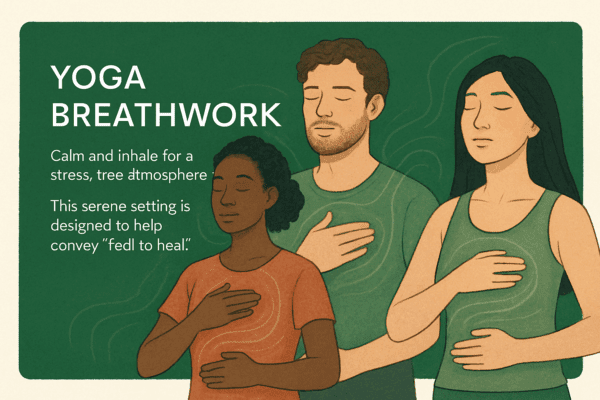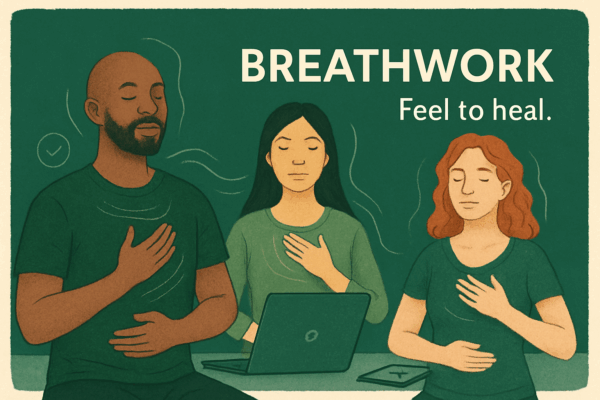Dr. Bessel van der Kolk, author of “The Body Keeps the Score,” emphasizes that trauma affects the brain’s alarm system, which can keep the body in a state of fight or flight, even when there is no present danger. This constant state of vigilance can wreak havoc on the body’s systems, leading to the aforementioned physical symptoms.
Emotional Effects of Trauma
Emotionally, trauma can be overwhelming and pervasive. It can lead to a range of emotional responses, from numbness and dissociation to intense feelings of fear, anger, and sadness. Dr. Levine explains that trauma can trap emotions in the body, leading to what he calls “emotional motor patterns” that can trigger overreactions to minor stressors.
Key emotional effects of trauma include:
-
- Anxiety and Panic Attacks: Persistent fear and worry can lead to debilitating anxiety and panic attacks.
-
- Depression: Feelings of hopelessness and disconnection from others are common among trauma survivors.
- Emotional Numbness: In an attempt to protect themselves from overwhelming emotions, some trauma survivors may shut down emotionally.
-
- Shame and Guilt: Survivors often blame themselves for the traumatic event, leading to deep-seated feelings of shame and guilt.
Mental Effects of Trauma
Mentally, trauma can alter the way individuals perceive the world and themselves. Cognitive functions such as memory, attention, and executive functioning can be significantly impacted. According to Dr. van der Kolk, trauma can lead to changes in the brain’s structure and function, particularly in areas related to memory and emotional regulation.
Common mental effects of trauma include:
-
- Flashbacks and Intrusive Thoughts: Unwanted memories of the traumatic event can intrude into daily life, causing significant distress.
-
- Difficulty Concentrating: Trauma can impair cognitive functions, making it hard to focus or complete tasks.
-
- Negative Beliefs: Survivors often develop negative beliefs about themselves and the world, such as feeling unworthy or believing that the world is unsafe.
-
- Hypervigilance: The constant sense of threat can make it hard for trauma survivors to relax and feel safe.
Healing Through Somatic Approaches
Somatic approaches to trauma healing focus on the body as a central component of recovery. Dr. Levine’s Somatic Experiencing and Dr. van der Kolk’s integration of body and brain therapies both emphasize the importance of releasing trauma stored in the body.
Key principles of somatic trauma release include:
-
- Body Awareness: Developing an awareness of bodily sensations can help individuals identify and release tension and trauma.
-
- Grounding Techniques: Practices such as deep breathing, mindfulness, and grounding exercises can help regulate the nervous system.
-
- Movement and Expressive Therapies: Physical activities like yoga, dance, and expressive arts can facilitate the release of trapped emotions and energy.
-
- Safe Environment: Creating a safe and supportive environment is crucial for trauma survivors to explore and process their experiences.
Conclusion
The effects of trauma are multifaceted, impacting the physical, emotional, and mental well-being of individuals. Through the pioneering work of researchers like Dr. Peter Levine and Bessel van der Kolk, we have gained a deeper understanding of how trauma affects the body and mind, and how somatic approaches can aid in healing. By addressing trauma through a holistic lens, we can help individuals not only survive but thrive in the aftermath of traumatic experiences.
The Biodynamic Breathwork and Trauma Release System® (BBTRS®) embodies a holistic approach to healing. Our offerings integrate key principles of somatic trauma release through a six-element approach: breath, movement, meditation, touch, sound, and emotional expression. If you would like to experience our powerful trauma-release modality, you can get an overview of our offerings here.






